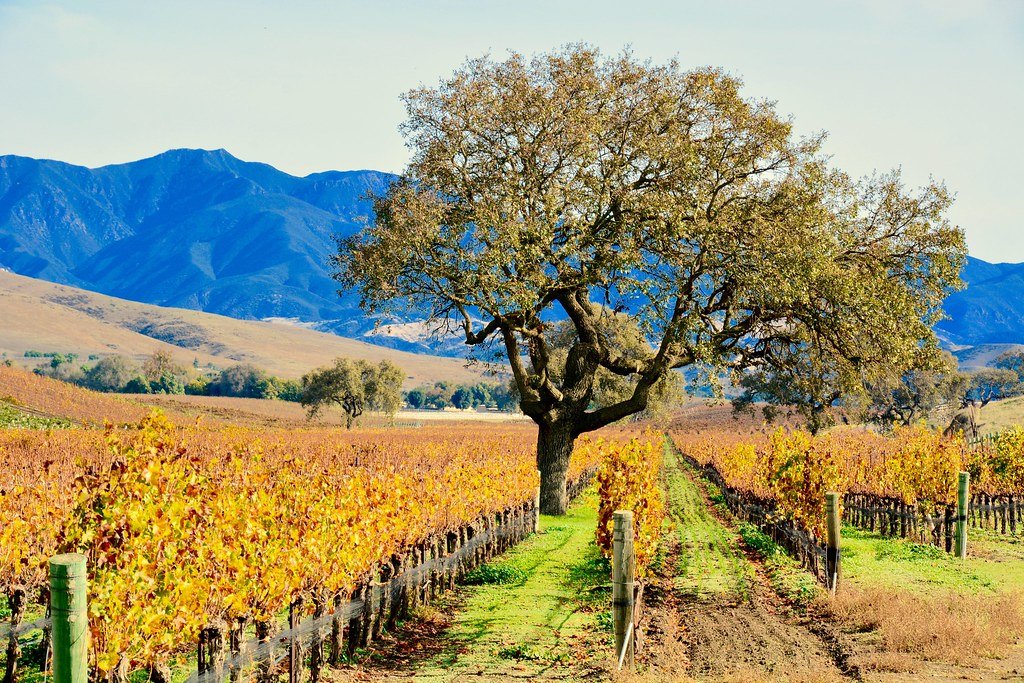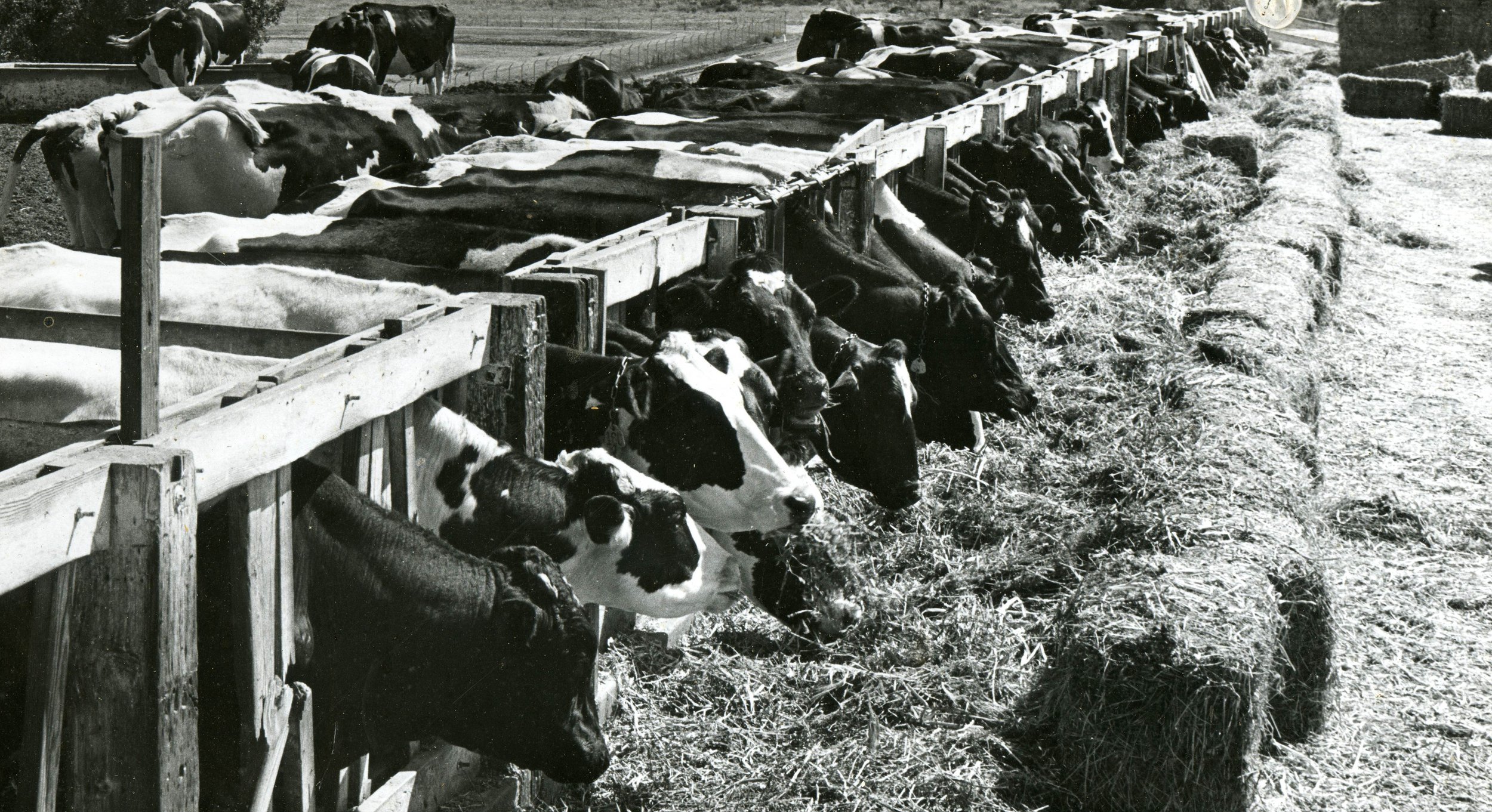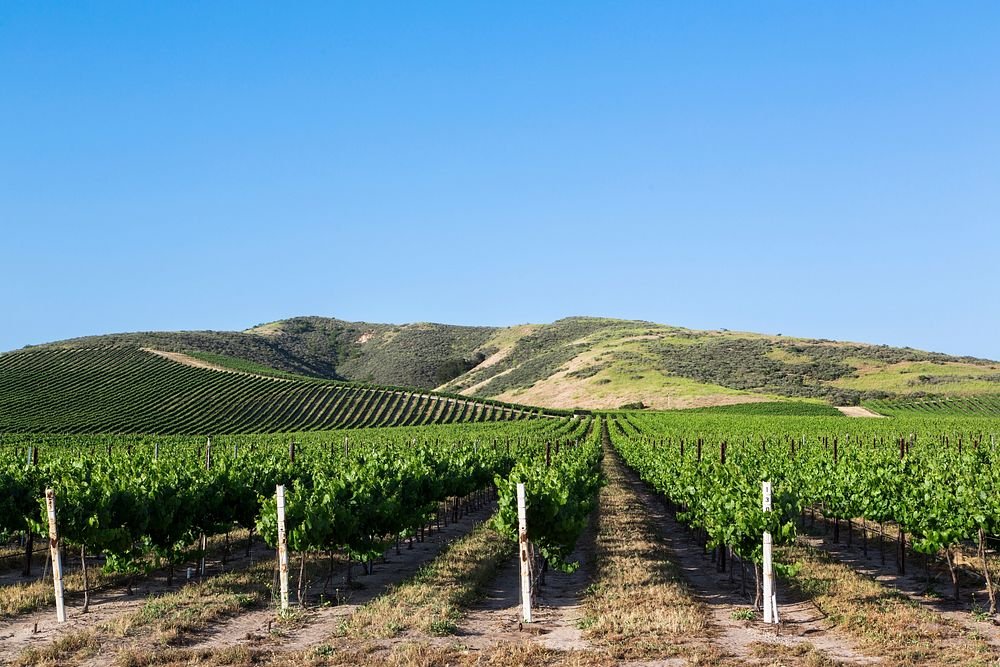
Santa Ynez Valley Farm Tour
Coming Soon!
LET’S EXPLORE SANTA YNEZ VALLEY’S HISTORIC FARMS & RANCHES
2025 Farm Tour
HERITAGE FARMLAND™ & FLAVORS OF SANTA YNEZ VALLEY
Explore three unique farmland and ranch sites on our Heritage Farmland™ & Flavors Tour
Going beyond, we will take our time to immerse you in the history of farming and agriculture unique to the Santa Ynez Valley, featuring livestock, nut orchards,
olive groves, and Upick & artisan farmstand shopping.
Three locations and picnic lunch with tastings are included in this bespoke tour.
IN PARTNERSHIP WITH LOCAL FARMS, RANCHES and ORCHARDS

Santa Ynez Valley: A landscape of mountains, rangeland, ranches and vineyards
LANDSCAPE: Much like the wines grown in the region, there’s a real depth and character to this historic part of the Central Coast worth exploring and revisiting often.
The area is home to the native Chumash tribe, who recognized the land’s bounty, characterized by undulating hills, gnarled oak trees, and electric fields of grasslands and wildflowers. Following the arrival of Spanish and Danish colonies, ranching and generational viticulture took hold in this corner of Santa Barbara County, and over time, the Valley became a vortex for ranching, winemaking, and beyond.
Orchards: Heritage Tree Groves
TREES: Santa Ynez Valley is known for wineries and beautiful tree-crop farms, such as olive and walnut farms. We will visit a fourth-generation small boutique farm that grows delicious Chandler walnuts for Diamond Walnut Co. This walnut grove is nestled in the village of Ballard, in the heart of the Santa Ynez Valley.
Ranches: Heritage Livestock
RANCHES: Santa Ynez Valley features family-owned ranches with unique charm. Our visit highlights a rare livestock breed that is reminiscent of the 18th Century. This journey through the picturesque valley reveals the essence of ranching heritage. Gain insights into sustainable farming and the dedication needed for family-run operations. Discover the land's beauty and the passion behind these farms as you reconnect with nature.
Historical Agricultural Sites: Olive Orchard and Grist mill
HISTORIC DISTRICT: Nestled in a picturesque field up against the majestic Santa Ynez Mountains and in view of the Santa Ynez Mission, stands a noteworthy historic grist mill. Adjacent to this site, 2,800 olive trees have been planted to reintroduce agriculture reminiscent of the early Mission-era. Efforts to interpret the agricultural heritage of the area include the planting of Mission, Manzanillo, Grappolo, Lucca, and Arbequina olive varieties, each significant to the mission period. These initiatives provide a glimpse into the agricultural practices that shaped the region's history and enhance the authenticity of the historic district.
Santa Ynez Valley History
Santa Ynez Valley features five towns established in the late 19th and early 20th centuries: Ballard (1881), Santa Ynez (1882), Los Olivos (1887), Solvang (1911), and Buellton (1920).
The valley has always enjoyed a strong agricultural base. In the late 1800s, cattle and sheep reigned, followed by crops such as olives, peaches, walnuts, prunes, apples, cherries, and quinces. The dairy industry rose and fell in the mid-1900s. Today, the countryside is dominated by wineries (more than 50), cattle ranches, and horse ranches that specialize in thoroughbreds.
The stagecoach played an important role in settling the Santa Ynez Valley. From 1858 to 1889, it ran from San Francisco to Yuma, Arizona, stopping near Ballard.
The Pacific Coast narrow-gauge railroad came to Los Olivos in 1887. In addition to transporting people up and down California, it made the shipment of farm products cheaper and more convenient.












